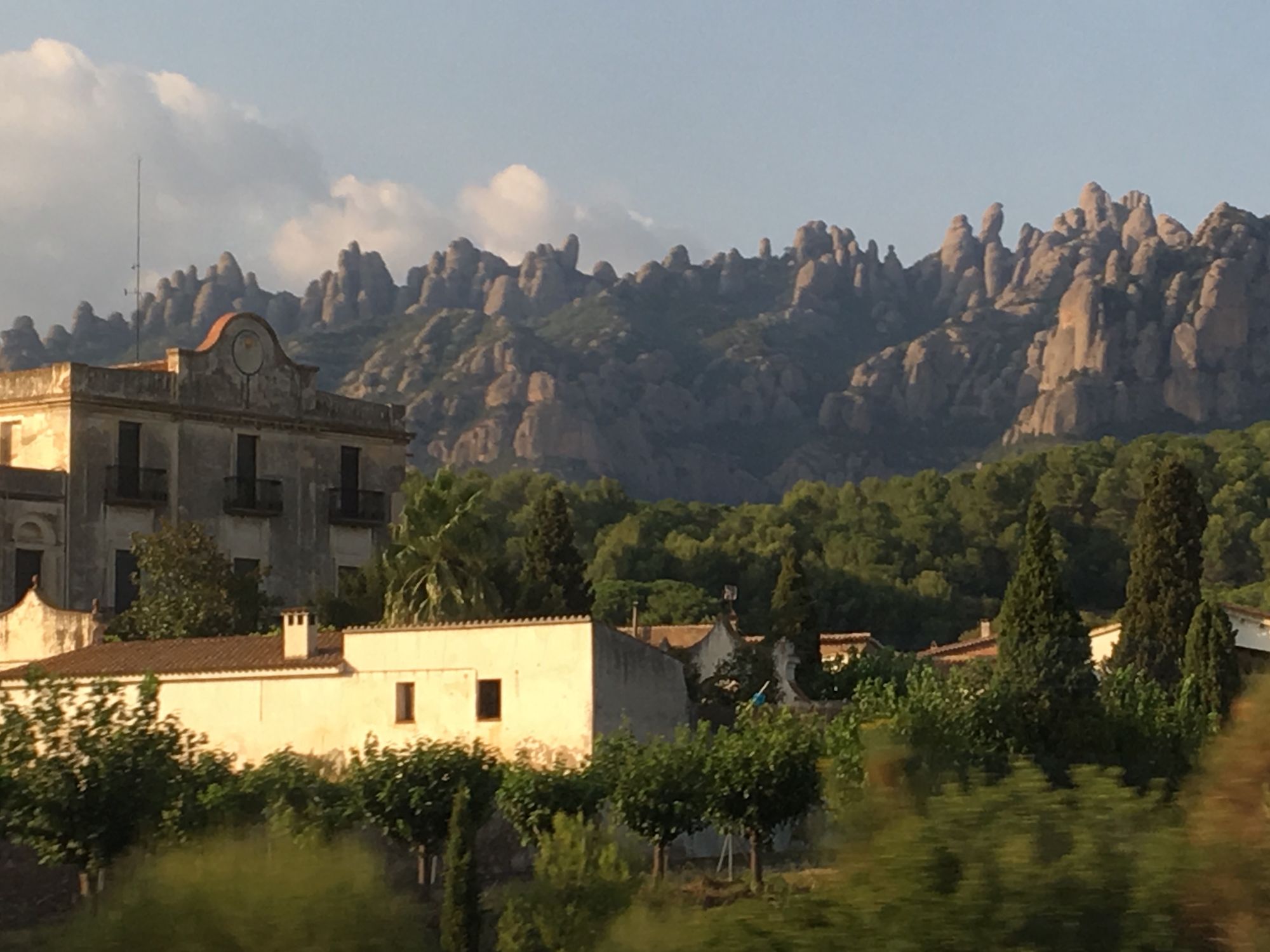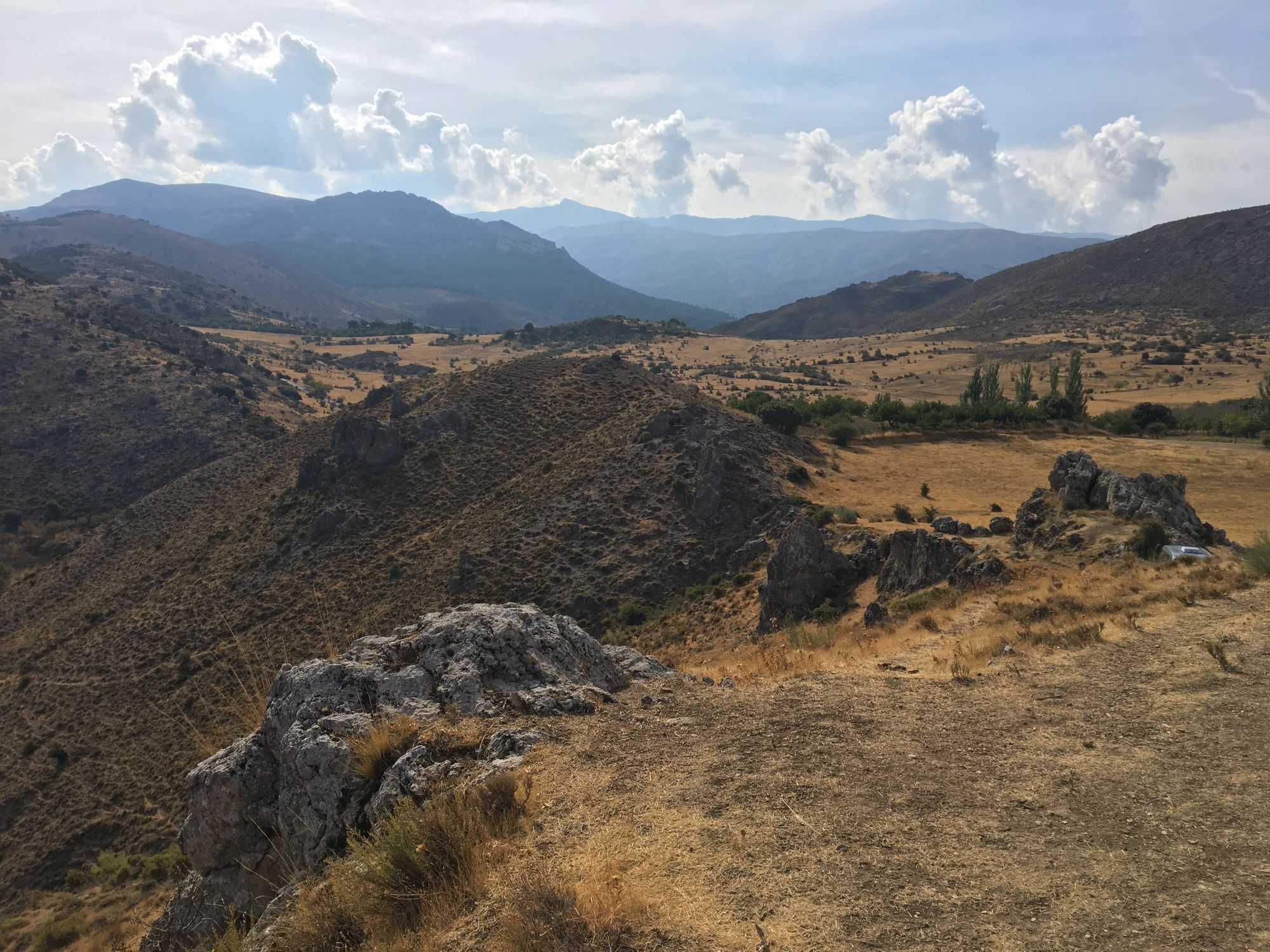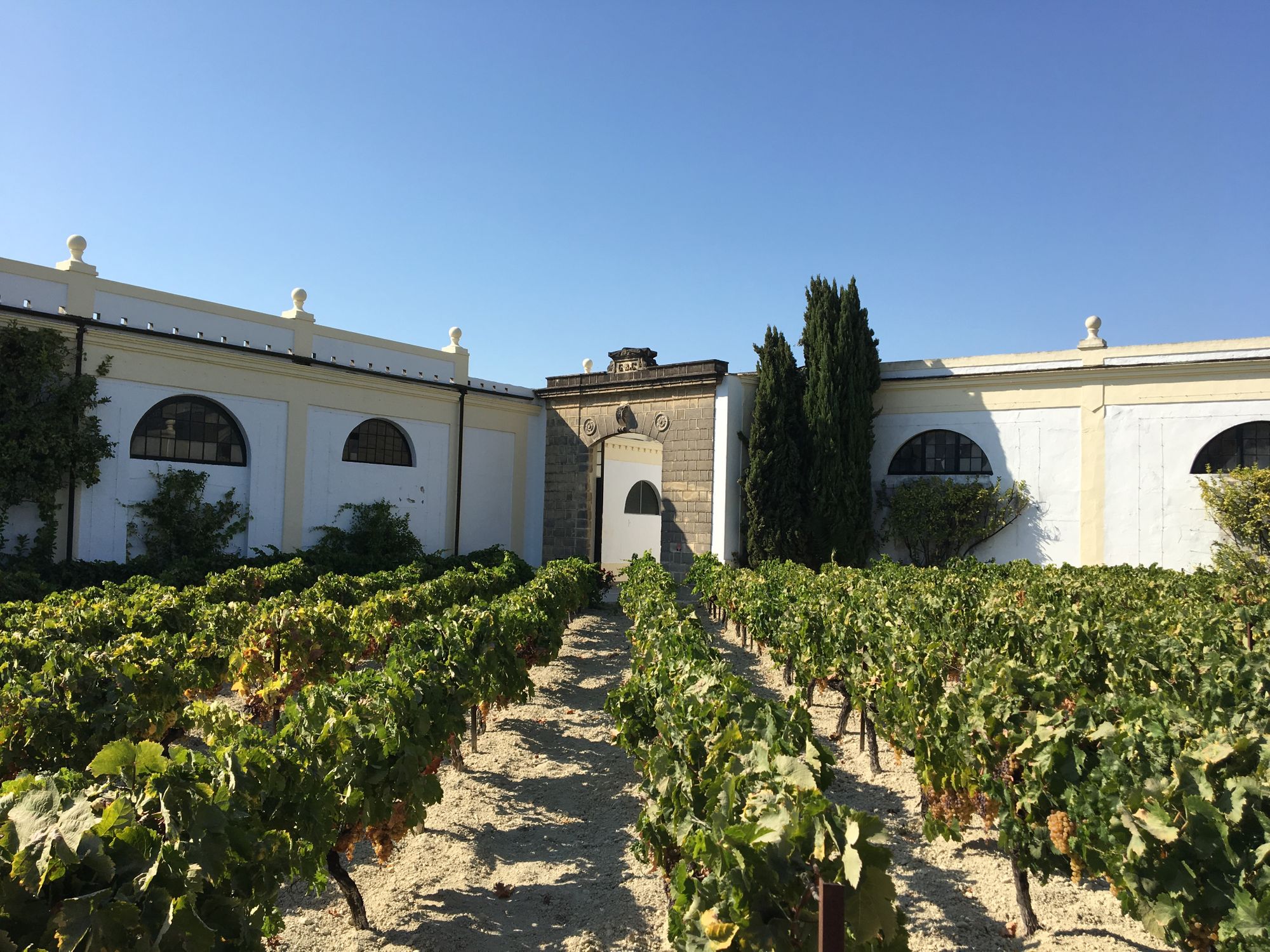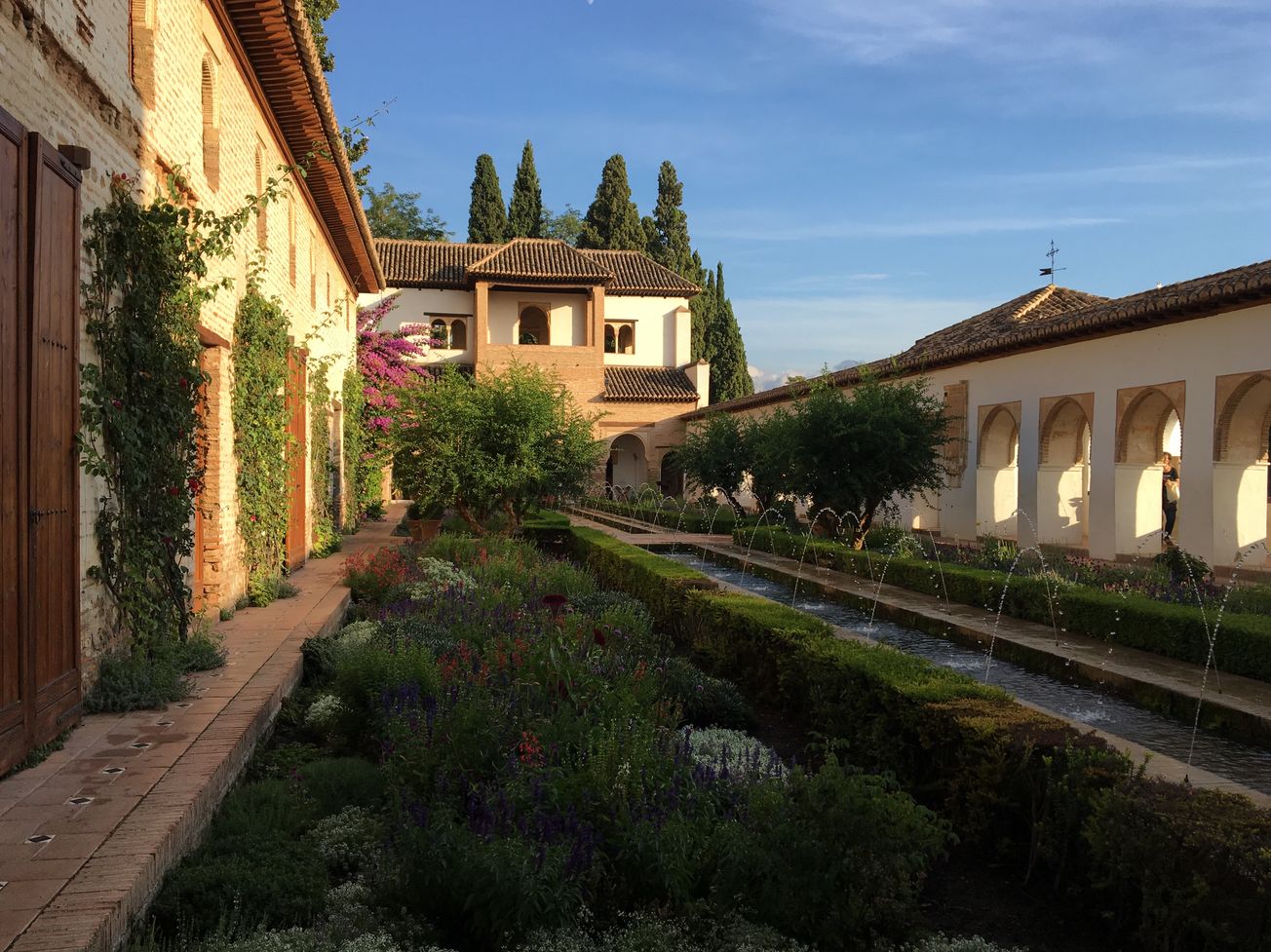By Xander Brett, Travel Editor
The Croft Magazine // In As I Walked Out One Midsummer Morning, we learn of a teenager stepping into a country on the brink of war. Despite appearances, eighty-five years on, Spain is still a nation apart.
I was served breakfast: coffee and chopped tomatoes on hot bread. It was Jan Morris who said that all of Spain is a stage, and I was sitting at my hotel under the Alhambra, reading her book in the morning sun. It struck me that, until the invention of mass tourism, Spain had no audience. It was, like Portugal, a forgotten country, overlooked by its Mediterranean neighbours to the east. Spain’s organisation, however, pulls it closer to France than to Italy or Greece. It is, in many ways, a sparsely populated, modern French monarchy.
The year before my tour, at my grandparents’ house in southwest France, I’d met a student who’d followed Laurie Lee’s itinerary, on foot, mile for mile. In June 1934, aged 18, Lee left his parents’ cottage near Stroud. He worked as a labourer before setting sail for Spain, planning to earn pennies by busking. Lee’s ferry docked in Vigo, and he traced Portugal’s northern border into Castille, then cut through Madrid, heading south, where he was trapped by fascist pincers and rescued by the British navy. Eighty-five years later, I began my journey in Andorra, heading downhill to Barcelona, then along the east coast to the beaches of Valencia, back up to the arid heart of Madrid and Toledo, then down again to Cordoba, Granada, Gibraltar and the spit of Cadiz. After two weeks, my train would stop at Jerez, and I’d fly home from Seville.

Spain is incredible, and Madrid is extraordinary. It’s a modern metropolis built, like Las Vegas, in the centre of a barren desert: the literal heart of Spain. Travelling up from the refreshing sangria and horchata of Valencia, I sped past deserted coach inns and saloons. In an instant, a capital city popped up. After settling into my hotel and watching fireworks by sunset, the next morning I toured the royal palace and the Prado Museum. In the afternoon, I boarded a coach to tour the Sierra de Guadarrama, surrounding the capital.
We visited the palace of El Escorial which, built on the order of Philip II, remains the world’s largest Renaissance structure. At the heart of its vast walls lie a suite of three sparse rooms: the humble quarters of the King. In the corner of his small bedroom, a tiny doorway leads to the altar of the palace basilica. This is a cold, deeply religious, interior that Philip II shares with General Franco, buried in the hillside of the Valley of the Fallen, a twenty-minute drive away. Franco was laid to rest at the end of a vast tunnel, lined with torches. During our tour a young family, like so many others, gathered to kiss his tomb. We watched respectfully, fully aware of the controversy that would result in his exhumation just two months later. Franco was responsible for rebuilding Spain. He also sided with Hitler and ruled through autocracy.

In Toledo, Spain’s religious capital, I was staying at a hotel under the cathedral, perched on a hill that stares across vast plains. This is reminder of civilised Catholicism but, cutting south, it isn’t long before the Catholic images fade. The Muslim caliphates of Al-Andalus stretched as far north as Carcassonne, submerging all of Iberia but the Galician northwest until they were driven out by Ferdinand and Isabella in the sixteenth century. It’s in Cordoba’s Mezquita and Granada’s Alhambra you find yourself in the heart of the Moorish world.
In a small van outside Granada, I joined a group and we drove high into the Sierra Nevada for lunch. The following morning, I boarded a bus along the south coast to the white fishing town of Cadiz, stopping at Algeciras to cross back and forth the British border, indulging in the bizarreness of Gibraltar. Just inland at Jerez, I stayed in the house of a sherry maker, who kept a flag on his desk and a signed letter from the King and Queen above barrels. This, indeed, is the heart of sherry making country, and the next day I was given a tour of the González Byass bodega, stopping for tastings, and to view their famous ‘reserved’ barrels, signed by writers, directors, royalty and prime ministers, including the Duke of Edinburgh, Winston Churchill and Margaret Thatcher.

I left Spain, as planned, after staying a couple of nights in Seville. Lee, by contrast, left unplanned an unexpectedly at the start of a bloody civil war. It was turmoil that would divide neighbouring towns and install a brutal – if effective – leader, in the form of General Franco. During the 1700s, the Spanish Empire stretched across the Americas, and its rulers controlled much of the Low Countries. Centuries on, the power, order and conservatism of Spain means this is still a nation apart. Spain may form part of the European Union, but it’s a reluctant member of the Mediterranean club, now formed mostly of unstable republics. Unlike other monarchies in the European Union (Sweden, Denmark, Luxembourg, Belgium and The Netherlands), the House of Bourbon is a still functioning link to an ancient, classical past. If Jan Morris is right, and Spain is indeed a stage, they, surely, are the principles in the great performance of Spanish life.
Featured Image: Epigram / Xander Brett









